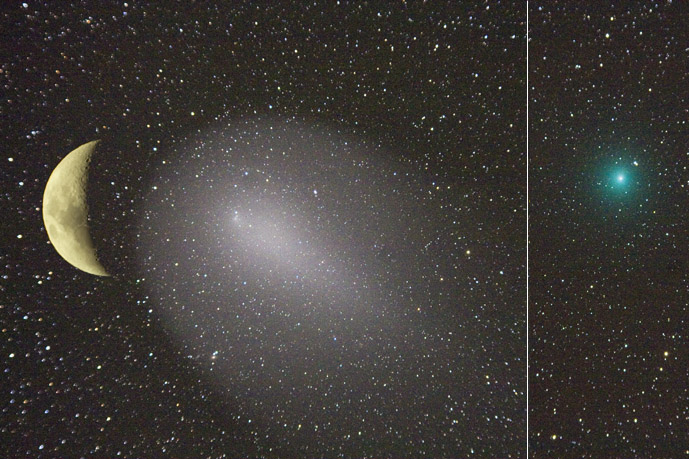My concern is NASA should go beyond the low orbit and explore space and the planets. And private enterprise be more involved in the launching of rockets and satellites. Senator Clinton wants NASA to be the Global Warming Climate Change agency. Governor Romney wants to stay with President Bush's Moon-Mars policy. I'll have to do my reading this New Year's on each candidate's Space Policy.
Update: Space Review article is here:
The one candidate whose positions on space have received the most attention—and scrutiny—has been Sen. Hillary Clinton. That attention is based in part on her standing as one of the front runners in the Democratic race, but also because she is the one candidate, Democratic or Republican, who has provided any sort of detailed position on what she would do in space policy if elected. Even Dave Weldon, a Republican Congressman from Florida, said earlier this month, “The best person with a space policy—actually, the only candidate with any kind of substantial space policy on their Web site—is Hillary.”
However, Senator Clinton is more short term thinking than the Vision Bush proposed in 2004:
Another question about Clinton’s policy is her support for the Vision for Space Exploration. Her policy does mention support for “later human missions” beyond the completion of the International Space Station, but does not explicitly endorse the goals laid out nearly four years ago by President Bush to return humans to the Moon by 2020 and, later, send humans to Mars. In a New York Times article the day after her speech, Clinton indicated that such goals would be set aside in favor of restoring funding for aeronautics and space policy. Such exploration, she told the Times, “excites people,” but “I am more focused on nearer-term goals I think are achievable.”
 From SpaceWeather.com
From SpaceWeather.com Comet Tuttle
Comet Tuttle




 Fron SpaceWeather
Fron SpaceWeather

 From Hubble site
From Hubble site

 HT Florida Today
HT Florida Today














 NASA
NASA
 Taken by the Hubble
Taken by the Hubble Viking Lander
Viking Lander Phoenix Lander
Phoenix Lander
 The damaged tile after the landing.
The damaged tile after the landing.
 Deorbit 201
Deorbit 201 Dean's clocking at 160 Mph winds and will hit Yucatan very soon
Dean's clocking at 160 Mph winds and will hit Yucatan very soon



 Put some filler in and Spackle it down!
Put some filler in and Spackle it down!